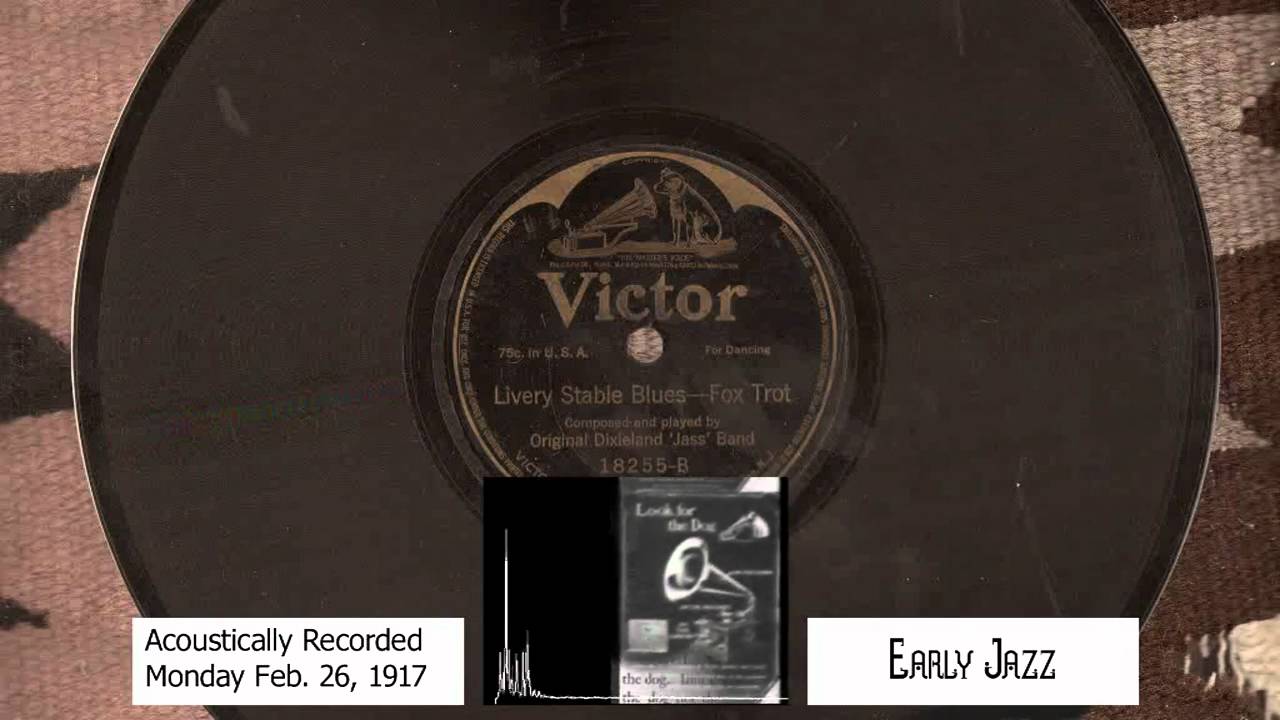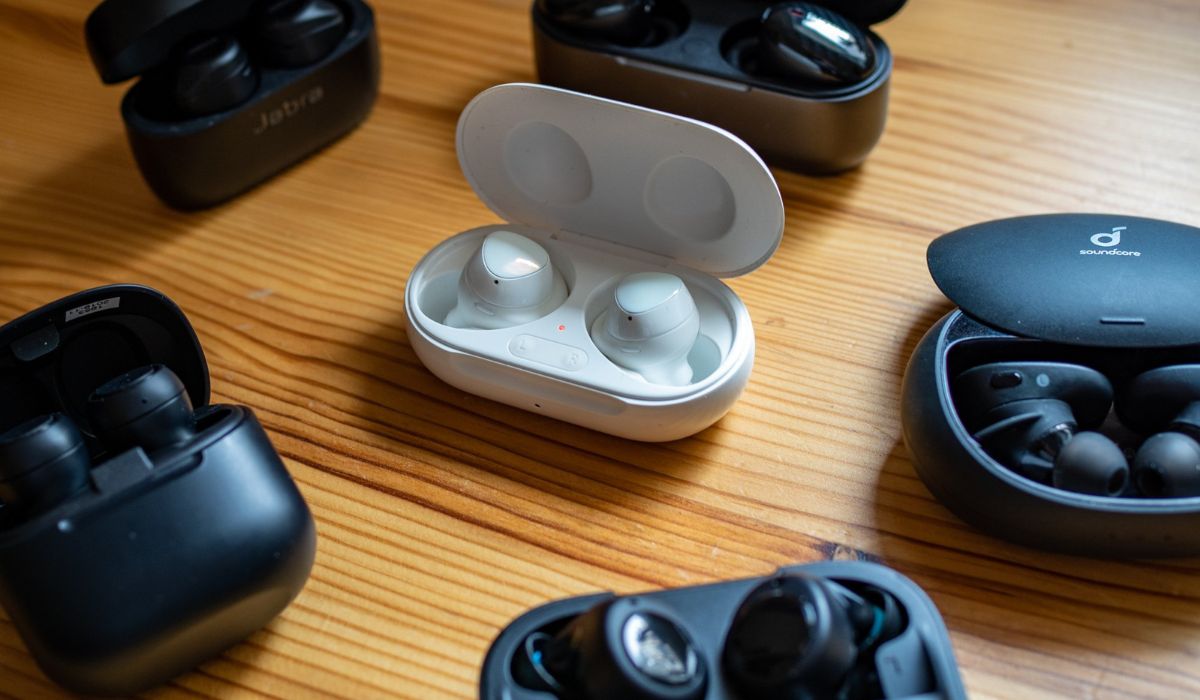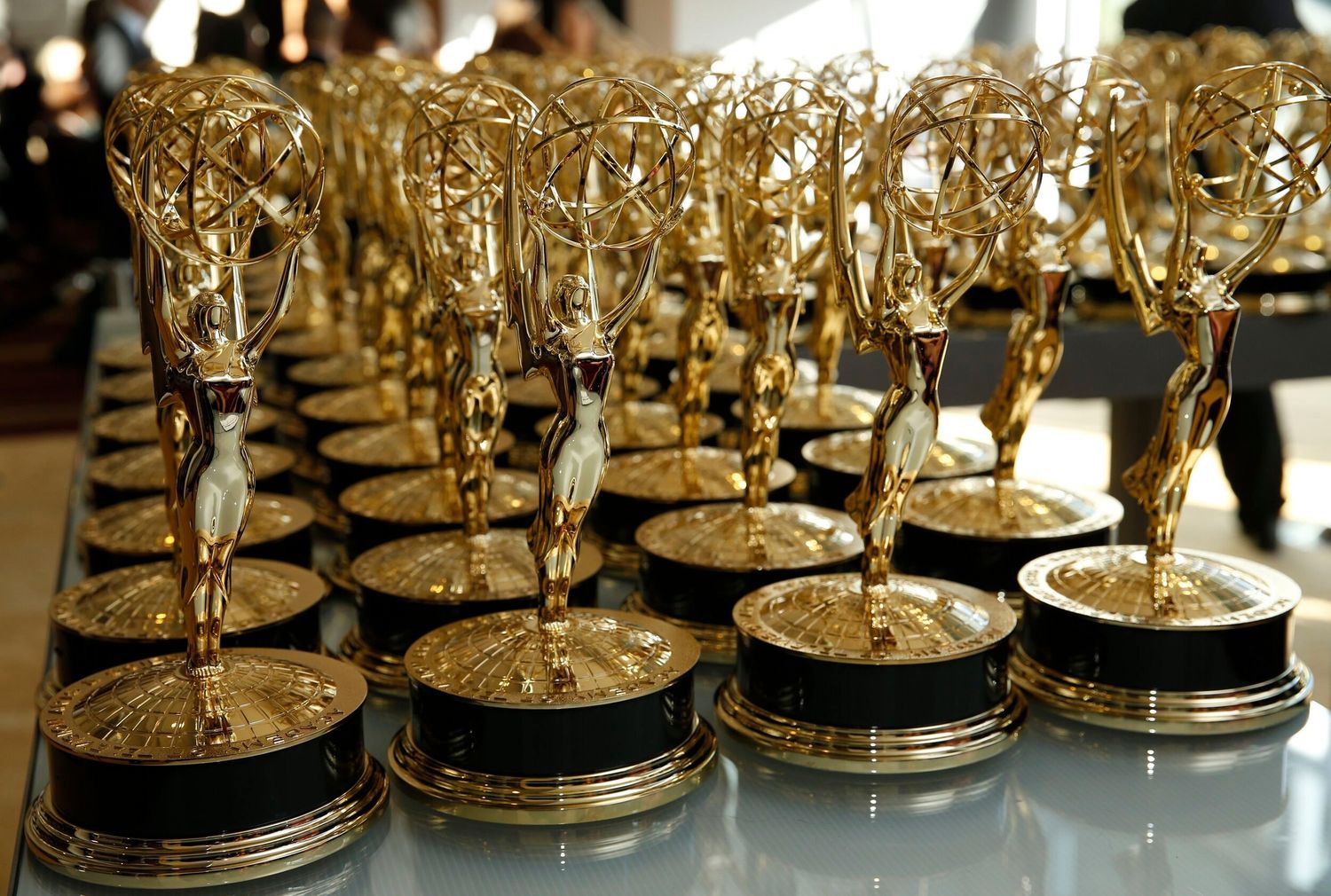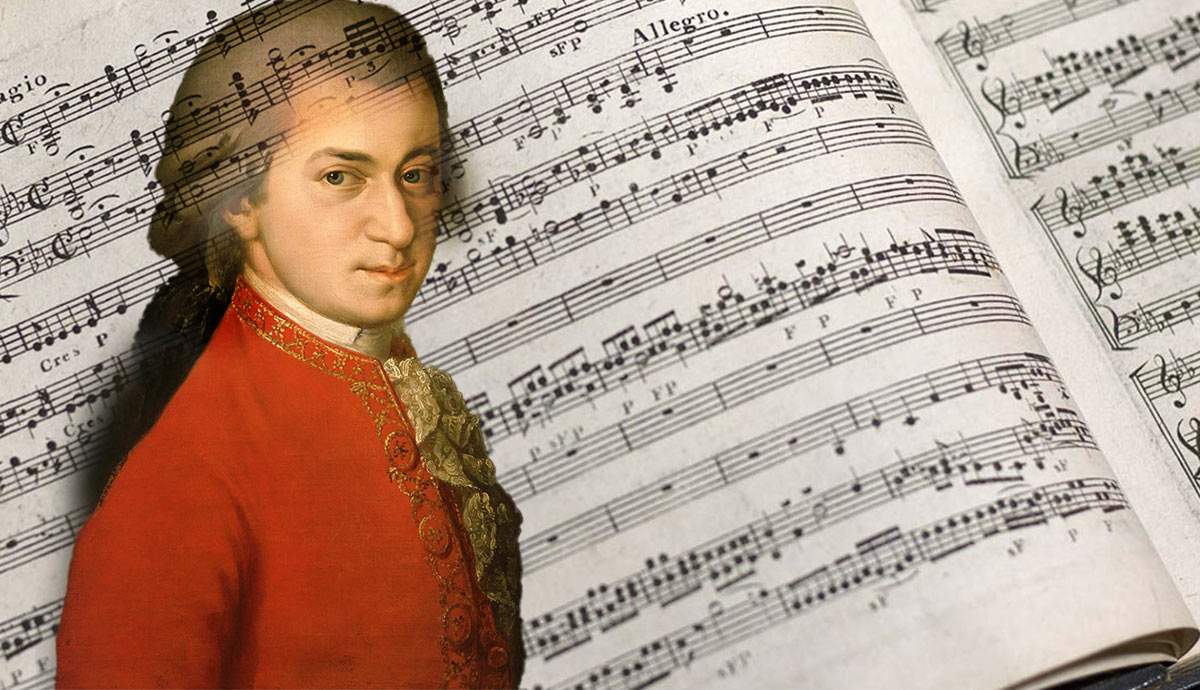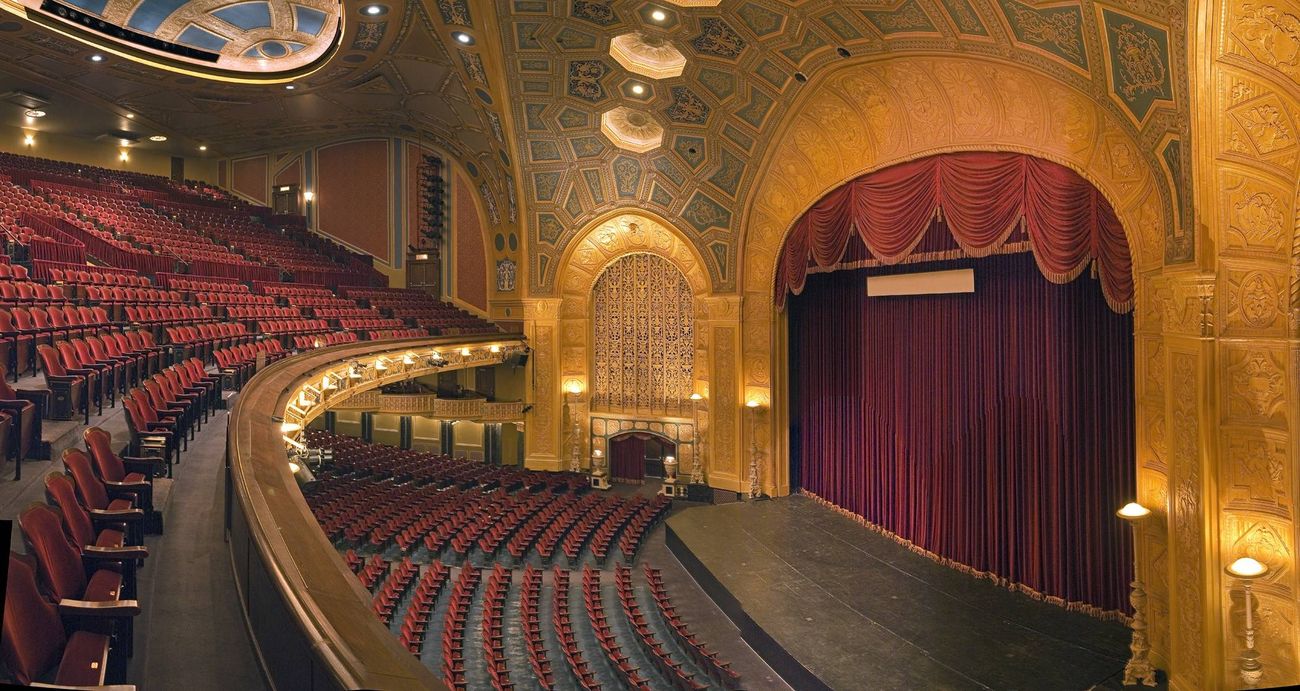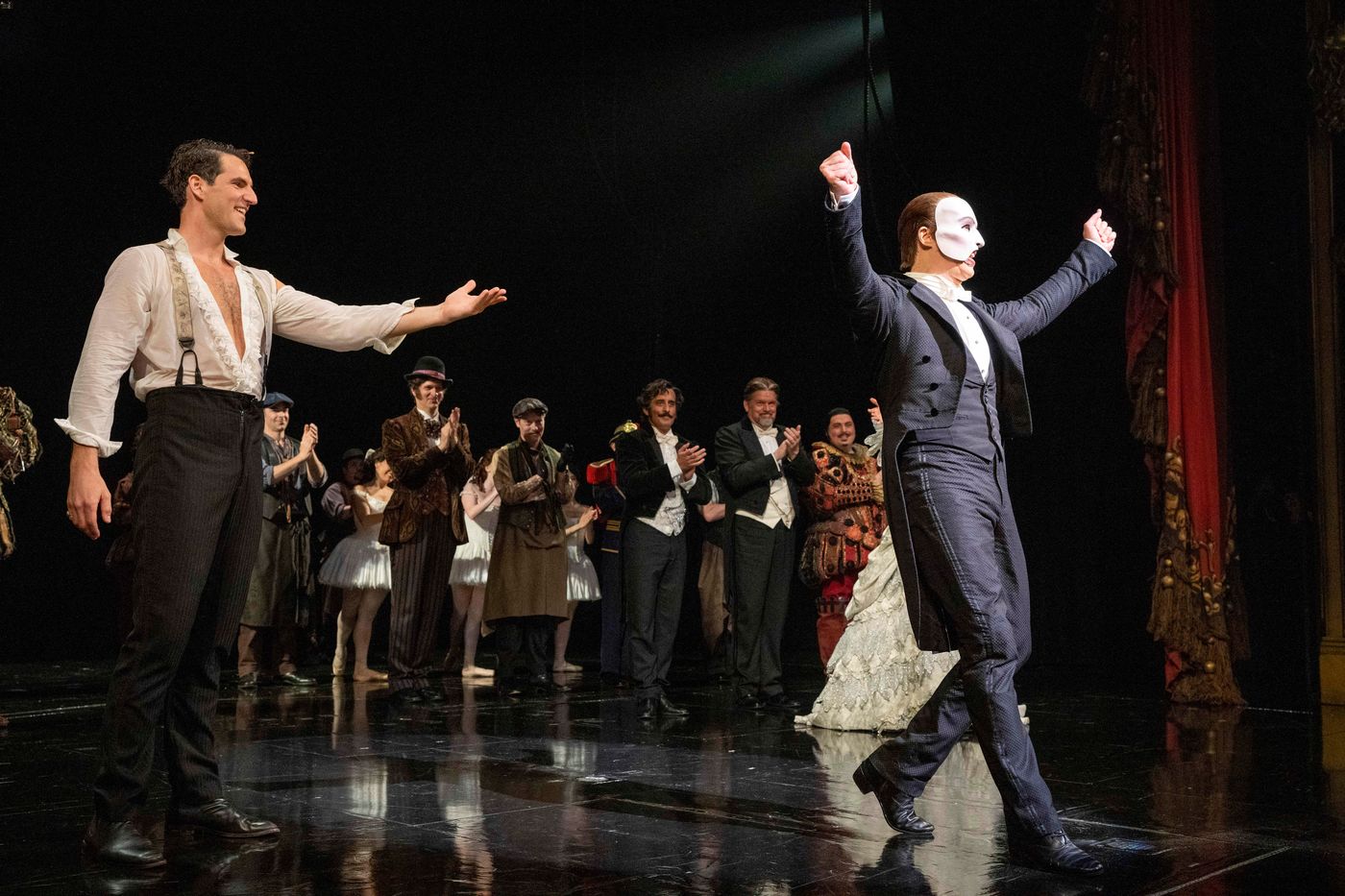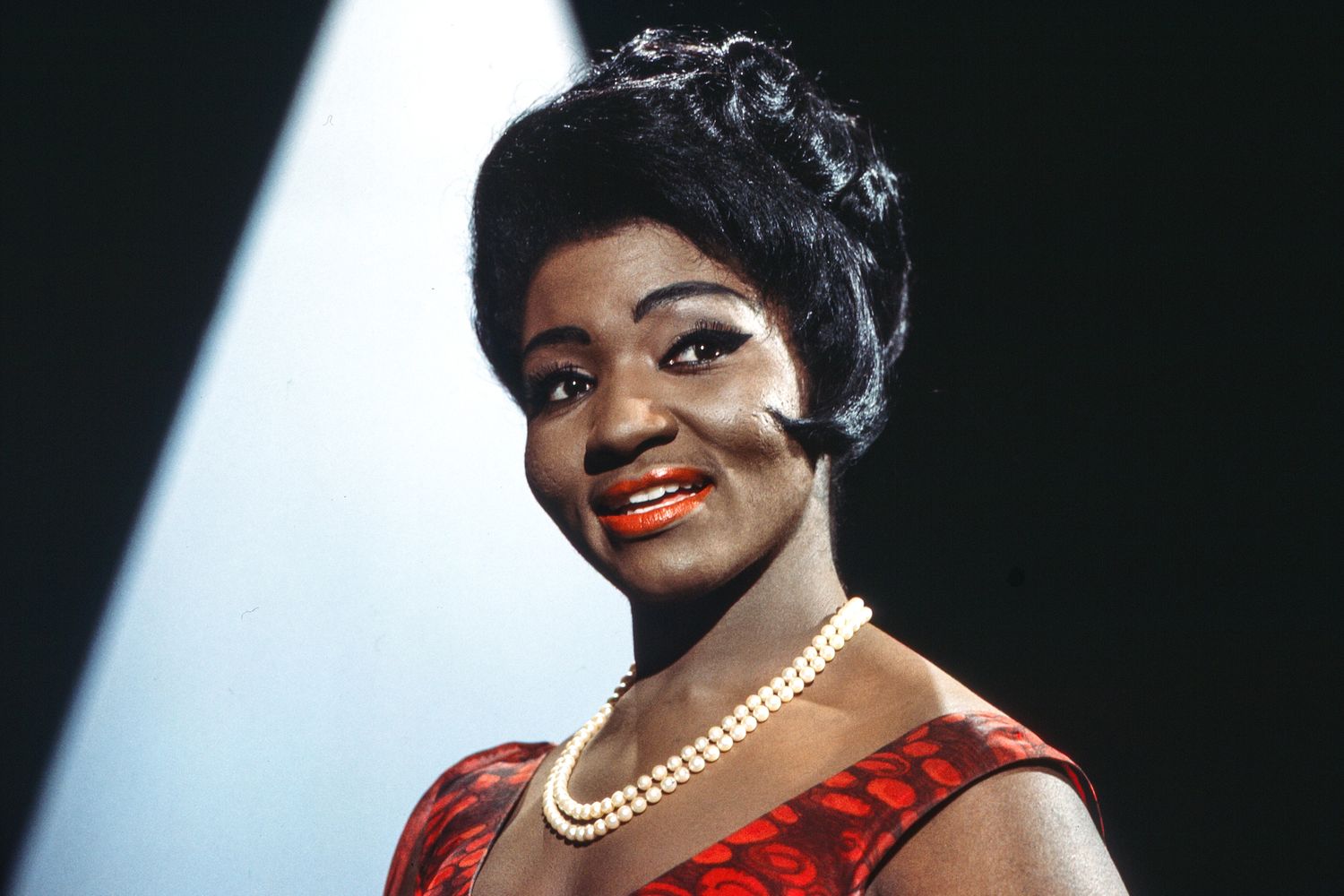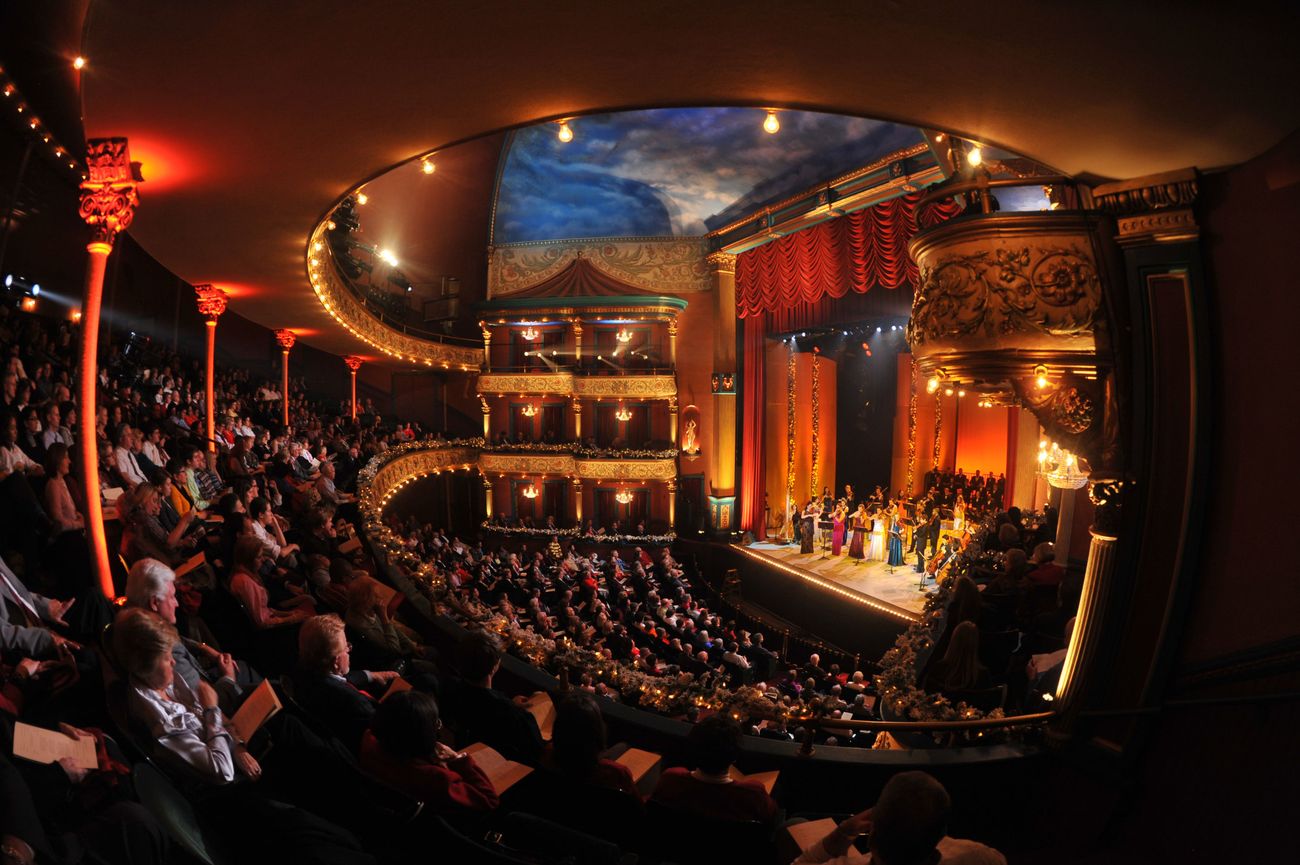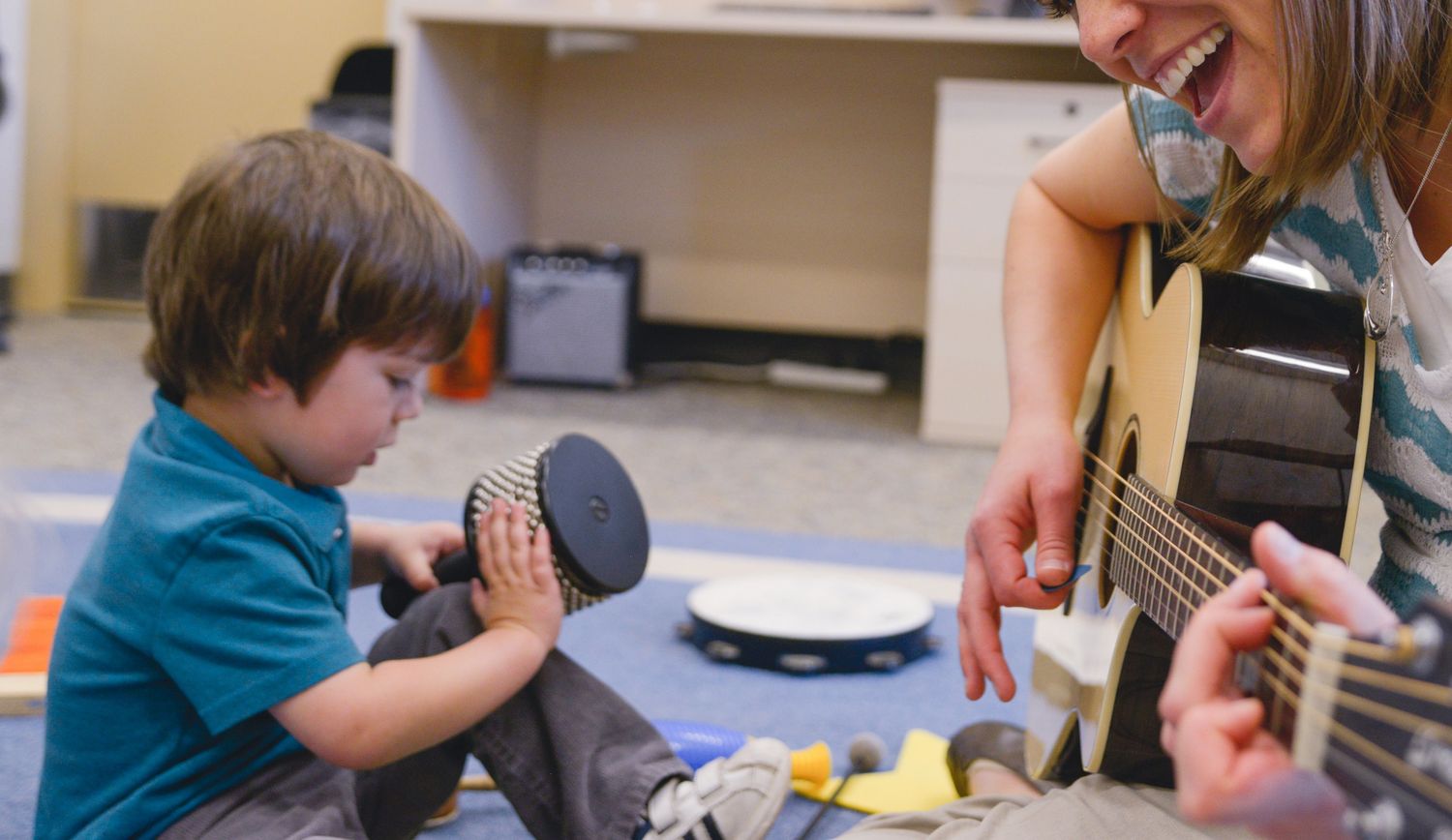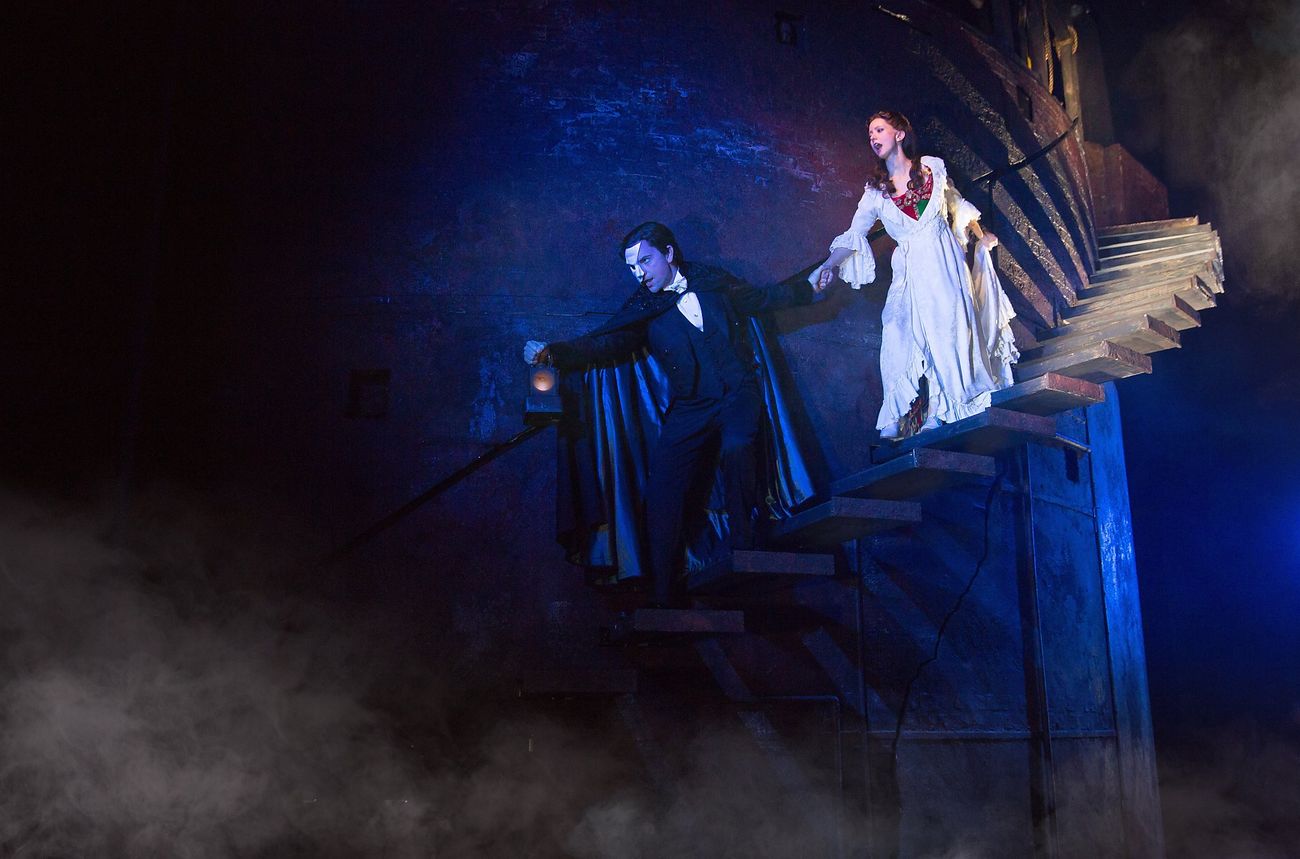Home>Events & Info>Opera>When Was The First Opera


Opera
When Was The First Opera
Modified: January 22, 2024
Discover the origins of Opera and learn about its fascinating history. Find out when the first Opera was performed and how it has evolved over time.
(Many of the links in this article redirect to a specific reviewed product. Your purchase of these products through affiliate links helps to generate commission for AudioLover.com, at no extra cost. Learn more)
Table of Contents
- Introduction
- Origins of Opera in Ancient Greece
- Development of Opera in Renaissance Italy
- The Florentine Camerata and the Birth of Opera
- Early Opera in France and England
- Opera in the Baroque Era
- Mozart and the Classical Period of Opera
- The Romantic Era of Opera
- The Rise of Verismo and Modern Opera
- Conclusion
Introduction
Opera is a captivating art form that combines music, singing, acting, and storytelling to create a breathtaking sensory experience. With its origins dating back thousands of years, opera has evolved and flourished into a rich and diverse genre that continues to captivate audiences around the world.
The word “opera” derives from the Latin word “opus,” which means work or labor. It refers to the collaborative effort between composers, librettists, singers, musicians, costume designers, set designers, and stage directors in creating a complete theatrical production. What sets opera apart from other forms of musical theater is the use of a classical singing technique known as “bel canto,” which emphasizes the beauty and purity of the voice.
Opera is an art form deeply rooted in history and culture, with its origins tracing back to ancient Greece. It has undergone significant transformations over the centuries and has been shaped by the socio-political, artistic, and musical developments of different eras. From its humble beginnings in religious ceremonies and courtly entertainment to grand works performed in opera houses around the world, opera has come a long way.
In this article, we will explore the fascinating history of opera, journeying through its various stages of development, from ancient Greece to the modern era. We will delve into the key periods and composers that have shaped opera as we know it today, and highlight the significant milestones that have marked its evolution.
Join us as we delve into the world of opera, uncovering its origins, exploring its development, and discovering the beauty and power of this timeless art form.
Origins of Opera in Ancient Greece
The roots of opera can be traced back to ancient Greece, where theatrical performances were an integral part of religious ceremonies and festivals. Greek drama, as it was known, consisted of two main genres: tragedy and comedy. The chorus played a central role in these performances, providing commentary and interacting with the main characters.
The first known opera-like performance was called “Dithyramb,” a hymn sung by a chorus in honor of Dionysus, the Greek god of wine and fertility. These hymns began to incorporate dramatic elements, with a leader emerging from the chorus to engage in dialogue. Over time, solo performers were introduced, singing in a melodic style known as “melos,” accompanied by a simple musical instrument like a lyre or a flute.
One of the most influential figures in the development of ancient Greek opera was the poet and playwright, Aeschylus. He introduced the concept of a protagonist, a central character who interacts with the chorus and engages in dialogue. Aeschylus also developed the idea of using masks and costumes to differentiate characters and enhance theatricality.
It was in the 5th century BCE that Greek drama reached its pinnacle with the works of playwrights like Sophocles and Euripides. The tragic plays performed during festivals like the Dionysia captivated audiences with their rich storytelling, moral dilemmas, and exploration of human emotions. The chorus continued to play a significant role, providing commentary, singing, and dancing to heighten the dramatic impact.
While ancient Greek theater laid the foundation for dramatic performance, it did not quite resemble what we know as opera today. The developments of opera as we recognize it began to take shape much later, during the Renaissance period in Italy. Nonetheless, the ancient Greek theater forms the historical and artistic backdrop for the birth of opera, leaving a lasting impact on the art form’s structure and dramatic conventions.
Development of Opera in Renaissance Italy
The Renaissance period in Italy witnessed a profound revival of interest in ancient Greek and Roman culture, which had a significant influence on the development of opera. It was during this time that opera as we know it today began to emerge, as composers and intellectuals sought to recreate the musical and dramatic styles of ancient Greek theater.
Florence, in particular, became a hub for cultural innovation and artistic creativity. The Camerata, a group of intellectuals and musicians, played a crucial role in the birth of opera. Led by figures like Count Giovanni de’ Bardi and Vincenzo Galilei (the father of Galileo Galilei), the Camerata sought to revive the emotional power and expressive potential of Greek drama by combining music and poetry.
The first opera to be recognized as such was “Dafne,” composed by Jacopo Peri in 1597. This groundbreaking work integrated music and drama, with a storyline based on Greek mythology. It featured solo singing, recitative (a style of speech-like singing), and ensemble numbers, all accompanied by a small ensemble of instruments. The success of “Dafne” paved the way for the further development and popularity of opera in Italy.
Claudio Monteverdi, considered one of the founding fathers of opera, was instrumental in the evolution of the art form. His works, such as “Orfeo” (1607) and “L’incoronazione di Poppea” (1642), showcased the possibilities of combining music, drama, and powerful storytelling. Monteverdi’s operas featured elaborate vocal solos, lush orchestration, and deeply emotional narratives that captured the essence of human experience.
Venice also played a significant role in the development of opera during the Renaissance. The city became a hotspot for opera production and introduced the concept of the public opera house, where performances were open to paying audiences. The Teatro San Cassiano, opened in 1637, was the first public opera house, marking an important milestone in the democratization of opera as an art form.
The Renaissance period in Italy laid the groundwork for the future development of opera. Composers and librettists continued to experiment with different musical styles, dramatic techniques, and storytelling approaches, leading to the emergence of distinct genres within opera. The legacy of Renaissance Italy’s contributions to opera remains evident today, as opera continues to captivate audiences with its blend of music, drama, and theatricality.
The Florentine Camerata and the Birth of Opera
One of the pivotal moments in the history of opera was the formation of the Florentine Camerata in the late 16th century. The Camerata was a group of intellectuals, musicians, and poets who gathered in Florence with the goal of reviving the spirit of ancient Greek musical drama.
Led by Count Giovanni de’ Bardi and Vincenzo Galilei, the Camerata sought to create a new form of music that would capture the emotional power and expressiveness of Greek tragedy. They believed that the ancient Greeks had performed their dramas with a style of musical declamation, where the words were recited melodically rather than sung outright.
To achieve this, the Camerata explored ways to make music more closely aligned with the natural rhythms and inflections of spoken language. They advocated for a simpler style of composition, with a focus on clear and expressive solo singing accompanied by sparse instrumentation. The aim was to bring out the emotional depth of the text and create a more direct connection between the performers and the audience.
One of the key figures associated with the Camerata was composer Jacopo Peri. In 1597, he composed “Dafne,” often regarded as the first opera. Based on Greek mythology, “Dafne” incorporated solo singing, spoken dialogue, and a small ensemble of instruments. The success of “Dafne” demonstrated the potential of this new art form and sparked the birth of opera as a distinct genre.
The Camerata’s ideas and experiments laid the foundation for the development of the recitative style, which became a defining feature of early opera. Recitative is a form of declamatory vocal singing that follows the natural rhythms of speech, allowing the text to take precedence over melody. This style of singing effectively conveyed the dramatic storyline and the characters’ emotions, heightening the impact of the opera.
The Florentine Camerata’s contributions revolutionized the musical landscape of their time, as they challenged the prevailing polyphonic style and paved the way for a new era of monodic music. Their emphasis on expressive solo singing and the union of music and drama paved the way for the development of opera as a complete theatrical experience.
The legacy of the Florentine Camerata can still be felt in contemporary opera. Their vision and experimentation set the stage for the evolution of the art form, influencing composers and librettists for centuries to come. Today, opera continues to enchant audiences with its fusion of music, drama, and emotion, thanks in large part to the groundbreaking work of the Florentine Camerata.
Early Opera in France and England
While opera was thriving in Italy, its influence began to spread to other parts of Europe, including France and England. In the early 17th century, both countries embraced the art form, adapting it to their own cultural and musical traditions.
In France, opera took on a distinctive character under the patronage of King Louis XIV. Ballet was an integral part of French courtly entertainment, and it played a significant role in the development of French opera. Jean-Baptiste Lully, a composer of Italian descent, emerged as a prominent figure in French opera. He melded Italian opera styles with French theatrical traditions, creating a unique genre known as the French Baroque opera.
Lully’s operas, such as “Cadmus et Hermione” (1673) and “Armide” (1686), combined lavish sets, grand choruses, intricate dance sequences, and ornate vocal music. French opera showcased opulence and spectacle, often intertwining mythology and history in its librettos. Lully’s works laid the foundation for the flourishing tradition of French opera, which would later be continued by composers like Jean-Philippe Rameau and Christoph Willibald Gluck.
In England, opera gained popularity during the Restoration period in the 17th century. The reopening of theaters after the English Civil War allowed for a new wave of artistic expression, and opera became a favored form of entertainment. Henry Purcell, an English composer, made significant contributions to the development of English opera.
Purcell’s most famous work, “Dido and Aeneas” (1689), is considered one of the earliest English operas. It tells the tragic story of Dido, Queen of Carthage, and her ill-fated love for the Trojan hero Aeneas. Purcell’s composition skillfully combines arias, recitatives, and choruses to convey the emotional depth of the characters and the dramatic narrative. “Dido and Aeneas” marked a turning point for English opera, setting the stage for future composers to explore the possibilities of the art form.
While opera in France and England developed along distinct paths, they shared a common goal of integrating music and drama in powerful and engaging ways. These early ventures into opera in France and England laid the groundwork for the future growth and diversification of the genre, as composers across Europe continued to embrace and adapt this captivating art form.
Opera in the Baroque Era
The Baroque era, spanning roughly from the early 17th century to the mid-18th century, was a golden age for opera. This period witnessed significant advancements in musical composition, storytelling, and theatrical production, further refining the art form and solidifying its place in the cultural landscape of Europe.
Opera composers during the Baroque era embraced the ornate and elaborate style of the time, characterized by intricate melodies, dramatic ornamentation, and rich harmonies. One of the most influential composers of the era was George Frideric Handel. His operas, such as “Rinaldo” (1711) and “Giulio Cesare” (1724), showcased his mastery of the genre, with show-stopping arias, captivating choruses, and epic storylines drawn from mythology and history.
Baroque opera also saw the rise of the castrati, male singers who were castrated before puberty to preserve their high vocal range. These singers, with their powerful and emotionally expressive voices, became opera stars, captivating audiences with their virtuosic performances. The popularity of the castrati added a unique dimension to the vocal landscape of opera during this time.
Singers and composers in the Baroque era embraced the concept of the da capo aria, a musical form that consists of three sections: an opening section, a contrasting middle section, and a repeat of the opening section with added embellishments. The da capo aria provided singers the opportunity to showcase their technical skill and improvisational abilities, while also serving as a vehicle for emotional expression.
In terms of theatrical production, the Baroque era saw the development of grand opera houses, such as the Teatro San Carlo in Naples and the Teatro alla Scala in Milan. These theaters featured elaborate stage designs, sophisticated lighting effects, and intricate machinery to create visually stunning spectacles. The opera house became not just a place for musical performances but a site for social gatherings and cultural occasions.
The Baroque era marked a significant period of growth and innovation for opera. Composers pushed the boundaries of musical expression, creating elaborate and emotionally charged works that showcased the power of the human voice. The dramatic and visual aspects of opera were equally as important, with lavish productions captivating audiences and allowing them to immerse themselves in the spectacle and drama unfolding on stage.
The legacy of opera in the Baroque era can still be felt today. Many of the works composed during this time continue to be performed and cherished, captivating modern audiences with their timeless beauty and complexity. The Baroque era laid a solid foundation for the future development and evolution of opera, setting the stage for the innovative and diverse forms of the art form that would emerge in the centuries to come.
Mozart and the Classical Period of Opera
The Classical period of opera, which encompassed the late 18th and early 19th centuries, marked a shift from the ornate and grandiose style of the Baroque era to a more refined and balanced approach. One of the central figures of this era was the prolific composer Wolfgang Amadeus Mozart, whose works continue to be celebrated as masterpieces of the genre.
Mozart’s operas, such as “The Marriage of Figaro” (1786), “Don Giovanni” (1787), and “The Magic Flute” (1791), exemplified the ideals of the Classical period. These works featured a perfect blend of music and drama, characterized by well-defined characters, witty dialogue, and lyrical melodies that captured the essence of the Enlightenment era.
The Classical period introduced a new emphasis on naturalness and simplicity. The music and vocal lines became more melodic and less ornate, allowing for clear and expressive communication of the text. The plots of the operas were often centered around human relationships, exploring themes of love, betrayal, and the complexities of human nature.
Mozart’s operas also showcased a more democratic approach, giving prominence to ensemble singing and emphasizing the interactions among the characters. The ensembles provided opportunities for rich harmonies, intricate counterpoint, and dramatic interplay, creating moments of heightened emotion and musical beauty.
The search for balance and restraint extended to the staging and production aspects of opera during the Classical period. Sets and costumes became more realistic, and the grandiosity of the Baroque era was replaced with an emphasis on simplicity and elegance. The aim was to enhance the dramatic impact of the story while allowing the music and the performances to take center stage.
Mozart’s operas, with their sublime music and compelling narratives, played a significant role in elevating opera to new heights of artistic achievement during the Classical period. His ability to create unforgettable characters, evoke deep emotions, and craft intricate musical structures solidified his reputation as a genius of the genre.
The legacy of Mozart and the Classical period of opera resonates to this day. His works continue to be widely performed and revered, captivating audiences with their timeless beauty and emotional depth. The influence of the Classical period can also be seen in the works of composers who followed in Mozart’s footsteps, continuing to explore the possibilities of music and drama in the opera genre.
The Romantic Era of Opera
The Romantic era, which spanned the 19th century, brought a wave of passion, emotion, and individual expression to opera. It was a time of great artistic freedom and innovation, as composers sought to create deeply personal and evocative works that reflected the spirit of the Romantic movement.
One of the defining characteristics of Romantic opera was the heightened emotional intensity and the exploration of the human condition. Composers like Giuseppe Verdi, Richard Wagner, and Giacomo Puccini crafted operas that delved into themes of love, longing, tragedy, and heroism, captivating audiences with their powerful storytelling and profound musical expressions.
Verdi, often regarded as the pinnacle of Italian opera, composed a series of iconic works that have come to define the Romantic era. Operas such as “La Traviata” (1853), “Rigoletto” (1851), and “Aida” (1871) showcased Verdi’s ability to create memorable melodies, intricate vocal lines, and emotionally charged scenes. Verdi’s operas addressed social and political issues of the time, challenging conventions and pushing the boundaries of the art form.
In Germany, Richard Wagner revolutionized opera with his “music dramas,” epic works that fused music, drama, and philosophical ideas. Wagner’s operas, including “Tristan und Isolde” (1859) and “The Ring of the Nibelung” (1876), featured rich orchestration, expansive leitmotifs (recurring musical themes), and mythological narratives that explored themes of love, fate, and redemption. Wagner’s innovative approach to opera had a profound impact on the development of the genre.
Meanwhile, in Italy, Giacomo Puccini brought a unique blend of Romanticism and realism to his operas. Works like “La Bohème” (1896), “Tosca” (1900), and “Madama Butterfly” (1904) captured the essence of human emotions with stirring melodies and poignant storytelling. Puccini’s attention to psychological detail and his ability to evoke raw emotions made him one of the most beloved composers of the Romantic era.
The Romantic era of opera also marked technical advancements in stagecraft and production. The use of elaborate sets, innovative lighting techniques, and realistic special effects allowed for more immersive and visually stunning performances. The grand opera houses that emerged during this time, such as the Paris Opera and the Bayreuth Festival Theatre, became the stages for grand spectacles that enthralled audiences.
The Romantic era of opera marked a departure from the Classical ideals of restraint and balance, embracing a more expressive and individualistic approach. Composers used the power of music and the emotional depth of opera to transport audiences to extraordinary realms of passion and sentimentality. The legacy of the Romantic era continues to resonate, as these timeless works of art still move and inspire audiences around the world.
The Rise of Verismo and Modern Opera
At the turn of the 20th century, opera underwent a significant transformation with the rise of the verismo movement. Verismo, meaning “realism” in Italian, sought to portray ordinary, everyday life with all its raw and gritty emotions. This marked a departure from the mythological and historical subjects that had dominated opera in previous eras.
Italian composers such as Pietro Mascagni, Ruggero Leoncavallo, and Giacomo Puccini were at the forefront of the verismo movement. Their works, including Mascagni’s “Cavalleria Rusticana” (1890), Leoncavallo’s “Pagliacci” (1892), and Puccini’s “La fanciulla del West” (1910) and “Il Trittico” (1918), depicted the struggles, passions, and tragedies of everyday people, often set in realistic and contemporary settings.
Verismo operas featured intense and emotionally charged music, with a focus on dramatic vocal performances that could convey the raw emotions of the characters. These works explored themes of love, jealousy, revenge, and societal struggles, immersing audiences in the depths of human experience.
As the 20th century progressed, opera continued to evolve, embracing a range of styles and pushing the boundaries of the art form. Composers like Richard Strauss, Igor Stravinsky, and Benjamin Britten experimented with new harmonic language, unconventional narratives, and innovative orchestrations, expanding the possibilities of opera.
Strauss, known for his operas such as “Salome” (1905) and “Der Rosenkavalier” (1911), blurred the lines between opera and symphonic music, creating lush and complex scores that showcased his mastery of orchestration. Stravinsky, with works like “The Rake’s Progress” (1951), brought a neoclassical approach to opera, combining elements of Baroque and Classical styles with a modern twist.
Britten, on the other hand, embraced a more English sensibility in his operas such as “Peter Grimes” (1945) and “Billy Budd” (1951), incorporating vernacular language and exploring themes of social and moral complexity. His operas reflected the changing societal landscape and delved into the human condition with profound insight.
In recent years, contemporary composers have continued to push the boundaries of opera, experimenting with new forms, incorporating multimedia elements, and tackling politically and socially relevant themes. Opera has become a platform for artistic innovation and creative expression, appealing to diverse audiences and showcasing the relevance and adaptability of the art form in the modern world.
The rise of verismo and the subsequent developments in modern opera have brought a new level of expressive power and relevance to the genre. This ongoing evolution ensures that opera remains a vibrant and dynamic art form that continues to captivate and inspire audiences across the globe.
Conclusion
Opera is an extraordinary art form that has captivated audiences for centuries. From its origins in ancient Greece to the grand productions of the modern era, opera has evolved, transformed, and adapted to the changing cultural, social, and musical landscapes.
Throughout history, opera has been shaped by the contributions of countless composers, librettists, singers, musicians, and stage professionals. From the monumental works of Mozart to the emotional realism of verismo, each era has brought its unique style and artistic vision to the genre.
Opera is a true synthesis of various artistic elements, combining music, singing, acting, and storytelling to create a powerful and immersive experience. The emotive power of the human voice, the intricate melodies, and the dramatic narratives come together to transport audiences into a world of heightened emotion and expression.
Opera also serves as a reflection of the times in which it is created. It has been influenced by historical events, cultural movements, and societal changes, adapting and responding to the needs and desires of its audiences. From the grandeur of the Baroque era to the realism of the Romantic period and the experimentation of modern opera, the genre has continuously evolved and reinvented itself.
Today, opera remains a vibrant art form, with performances taking place in opera houses, theaters, and outdoor venues around the world. It continues to inspire and move audiences with its beauty, power, and ability to connect on a deep emotional level.
As we reflect on the rich history of opera, we appreciate the immense contributions made by composers, performers, and all those involved in creating and preserving this art form. Whether it’s the timeless melodies of Mozart, the passionate drama of Verdi, or the innovative approaches of contemporary composers, opera continues to enchant, entertain, and provoke thought.
So let us embrace the magic of opera, with its sublime music, stirring performances, and compelling stories. Let us celebrate its heritage, while also embracing the future of this art form, where innovation and artistic exploration continue to shape the course of opera and ensure its relevance for generations to come.

